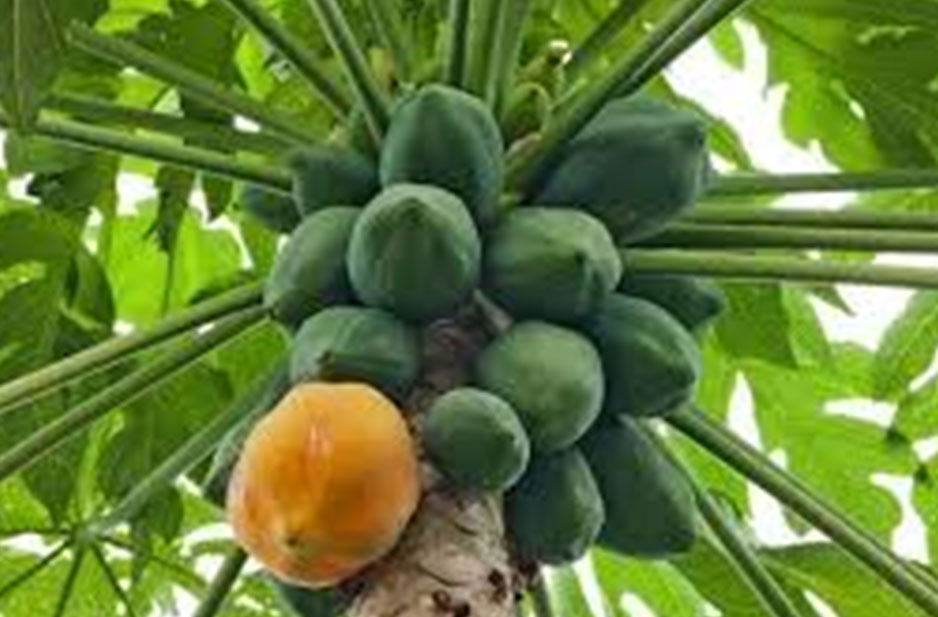By: Roland Joseph Tetteh
This is one of the oldest traditional fruit in the world and every part of it is medicinal.it is found in all tropical region of the world, wherever the soil is fertile enough.it is a member of the Caricaceae family. Pawpaw is also called papaw or papaya
Pawpaw plants grow in three sexes and are relatives: The male produces only pollen and never bear fruit, the female produces small, inedible fruits unless pollinated, and the hermaphrodite can self-pollinate since its flowers contain both male stamens and female ovaries. Almost all commercial pawpaw orchards contain only hermaphrodites.
Pawpaw may help protect against health conditions.
In Africa, pawpaw leaves are used as a treatment for malaria, hepatitis, cough, bronchitis and gonorrhoea, infected wounds, fungal infections, Asthma attacks, indigestion cases, guinea worms, cancer. Pawpaw is a plant for every illness. The plant contains substances of medicinal value, such as antibiotics, vitamins, flavonoids and enzymes. Pawpaw contains an enzyme called papain that aids digestion. Pawpaw seeds also contain the cyanogenic substance called prunasin.
Ripe and unripe fruits, seeds flowers, leaves and roots are all used for various treatment. In fact, the pawpaw tree is a pharmacy in itself.
The fruits give sufficient supply of vitamins: vitamin A for good eyesight and also necessary for the growth of all bodily tissues, including skin and hair, vitamin B for good nerves impulses, assists in the absorption of fat, and reduces chronic inflammation. Choline is a very important and versatile nutrient found in papayas that aids our bodies in sleep, muscle movement, learning, and memory. Choline also helps to maintain the structure of cellular membranes, vitamin C to support the immune system against infections.
The fiber, potassium, and vitamin content in papaya all help to ward off heart disease. An increase in potassium intake along with a decrease in sodium intake is the most important dietary change that a person can make to reduce their risk of cardiovascular disease.
Raw pawpaw pulp contains 88% water, 11% carbohydrates, and negligible fat and protein. In a 100-g amount, papaya fruit provides 43 kilocalories and is a significant source of vitamin C (75% of the Daily Value, DV) and a moderate source of folate (10% DV), but otherwise has a low content of nutrients.
The possible health benefits of consuming pawpaw include a reduced risk of heart disease, improving blood glucose control in people with diabetes, and lowering blood pressure and progression of age-related macular degeneration.
